EDVARD MUNCH Kyss IV . Color woodcut on Japan paper, 1902. 470x480 mm; 18 1/4x19 inches, full margins. First state (of 4), printed from the whole wood block, sawn in two, with the knot in the wood on the left side. Signed in pencil, lower right. A superb, well-inked impression of this extremely scarce, important color woodcut. We have found only 6 other impressions at auction in the past 30 years, most of these in the more common, third state version of the woodcut with the knot in the wood on the right side of the print. Munch (1863-1944) reckoned with, and was occasionally overwhelmed by, the strength of the fundamental human emotions he explored in his oeuvre . Born to a deeply religious father in the stark landscape of Löten, Norway, his family suffered through frequent tragedy and illness; his mother and sister died within four years of each other, both from tuberculosis, another of his sisters spent most of her life in a mental institution, and his brother passed away from pneumonia at the age of 30. As a weak child, he spent the long Norwegian winters inside, teaching himself to draw, and was entertained by his father who would read him the mysterious and macabre works of Edgar Allan Poe (1836-1847). The hardships Munch faced throughout his life and into his adulthood, coupled with his lonely and bleak childhood, undoubtedly lead to his attempts to comprehend and portray the depth of human emotion. He decided to pursue painting in 1882, after studying architecture for three years at Kristiania Technical College. His first public exhibition (one painting and two drawings at the Kristiania Industry and Art Exhibition) was in 1883 and two years later he began work on several of his key works, including The Day After (1894-95), Puberty (1894) and The Sick Child (1883). Munch's early career, through the 1890s, was also his most productive period for color woodcuts. He created many of his iconic printed images during this time. This woodcut is based on Munch's iconic same-titled oil painting, The Kiss , 1897, now in the Munch Museum, Oslo. Though Munch never met the artist Auguste Rodin (1840-1917), he was heavily influenced by his sculpture; in particular, Munch was inspired by Rodin's marble sculpture The Kiss , now in the Musée Rodin, Paris. In turn, Munch's and Rodin's pieces sparked Gustav Klimt's (1862-1918) iconic oil painting The Kiss , 1907, now in the Austrian Gallery, Belvedere. Munch's The Kiss was exhibited in a series he created, prompted by artist Max Liebermann (see lots 18-21) between 1892-95 titled The Frieze of Life , focusing on themes of love, angst and death and the subtle intricacies and interplay of these emotions. Of the friezes, Munch wrote in his diary, "There would be pictures of real people who breathed, who suffered, felt, loved." Munch struggled romantically. He had affairs with married women and never able to find the unconditional and all-consuming love he sought, which is the subject of The Kiss . His depiction of both the poignancy and the desperation of two humans becoming one gives Kyss IV its penetrating psychological power. The piece can be perceived as both ecstatic and simultaneously sinister, with the larger figure devouring and consuming the smaller one. As with much of Munch's imagery, the melancholic aesthetic highlights the candid suffering and occasional joy of the human condition, masterfully demonstrating that without one, the other could not exist. Schiefler 102 D; Woll 204.
EDVARD MUNCH Kyss IV . Color woodcut on Japan paper, 1902. 470x480 mm; 18 1/4x19 inches, full margins. First state (of 4), printed from the whole wood block, sawn in two, with the knot in the wood on the left side. Signed in pencil, lower right. A superb, well-inked impression of this extremely scarce, important color woodcut. We have found only 6 other impressions at auction in the past 30 years, most of these in the more common, third state version of the woodcut with the knot in the wood on the right side of the print. Munch (1863-1944) reckoned with, and was occasionally overwhelmed by, the strength of the fundamental human emotions he explored in his oeuvre . Born to a deeply religious father in the stark landscape of Löten, Norway, his family suffered through frequent tragedy and illness; his mother and sister died within four years of each other, both from tuberculosis, another of his sisters spent most of her life in a mental institution, and his brother passed away from pneumonia at the age of 30. As a weak child, he spent the long Norwegian winters inside, teaching himself to draw, and was entertained by his father who would read him the mysterious and macabre works of Edgar Allan Poe (1836-1847). The hardships Munch faced throughout his life and into his adulthood, coupled with his lonely and bleak childhood, undoubtedly lead to his attempts to comprehend and portray the depth of human emotion. He decided to pursue painting in 1882, after studying architecture for three years at Kristiania Technical College. His first public exhibition (one painting and two drawings at the Kristiania Industry and Art Exhibition) was in 1883 and two years later he began work on several of his key works, including The Day After (1894-95), Puberty (1894) and The Sick Child (1883). Munch's early career, through the 1890s, was also his most productive period for color woodcuts. He created many of his iconic printed images during this time. This woodcut is based on Munch's iconic same-titled oil painting, The Kiss , 1897, now in the Munch Museum, Oslo. Though Munch never met the artist Auguste Rodin (1840-1917), he was heavily influenced by his sculpture; in particular, Munch was inspired by Rodin's marble sculpture The Kiss , now in the Musée Rodin, Paris. In turn, Munch's and Rodin's pieces sparked Gustav Klimt's (1862-1918) iconic oil painting The Kiss , 1907, now in the Austrian Gallery, Belvedere. Munch's The Kiss was exhibited in a series he created, prompted by artist Max Liebermann (see lots 18-21) between 1892-95 titled The Frieze of Life , focusing on themes of love, angst and death and the subtle intricacies and interplay of these emotions. Of the friezes, Munch wrote in his diary, "There would be pictures of real people who breathed, who suffered, felt, loved." Munch struggled romantically. He had affairs with married women and never able to find the unconditional and all-consuming love he sought, which is the subject of The Kiss . His depiction of both the poignancy and the desperation of two humans becoming one gives Kyss IV its penetrating psychological power. The piece can be perceived as both ecstatic and simultaneously sinister, with the larger figure devouring and consuming the smaller one. As with much of Munch's imagery, the melancholic aesthetic highlights the candid suffering and occasional joy of the human condition, masterfully demonstrating that without one, the other could not exist. Schiefler 102 D; Woll 204.


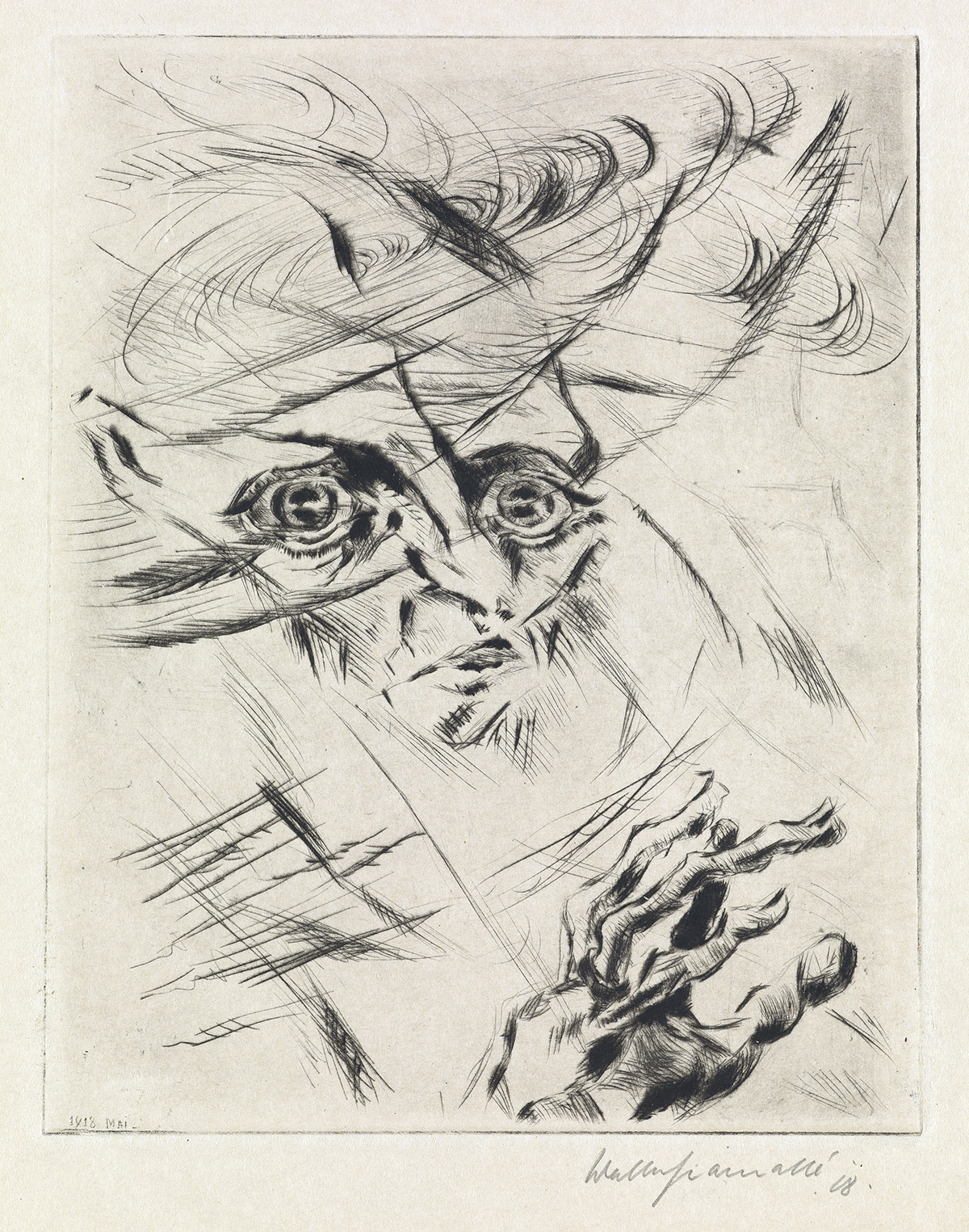

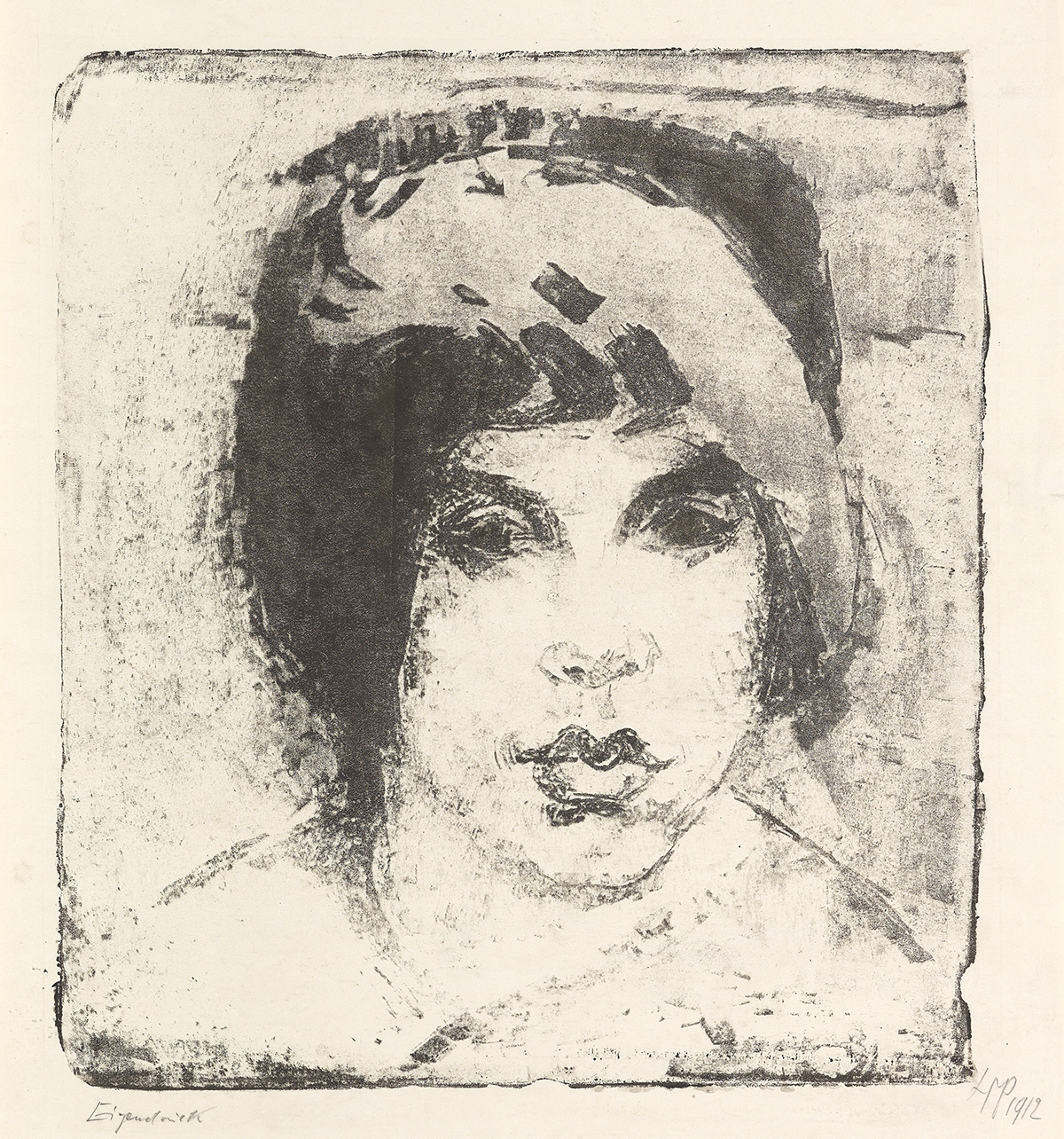

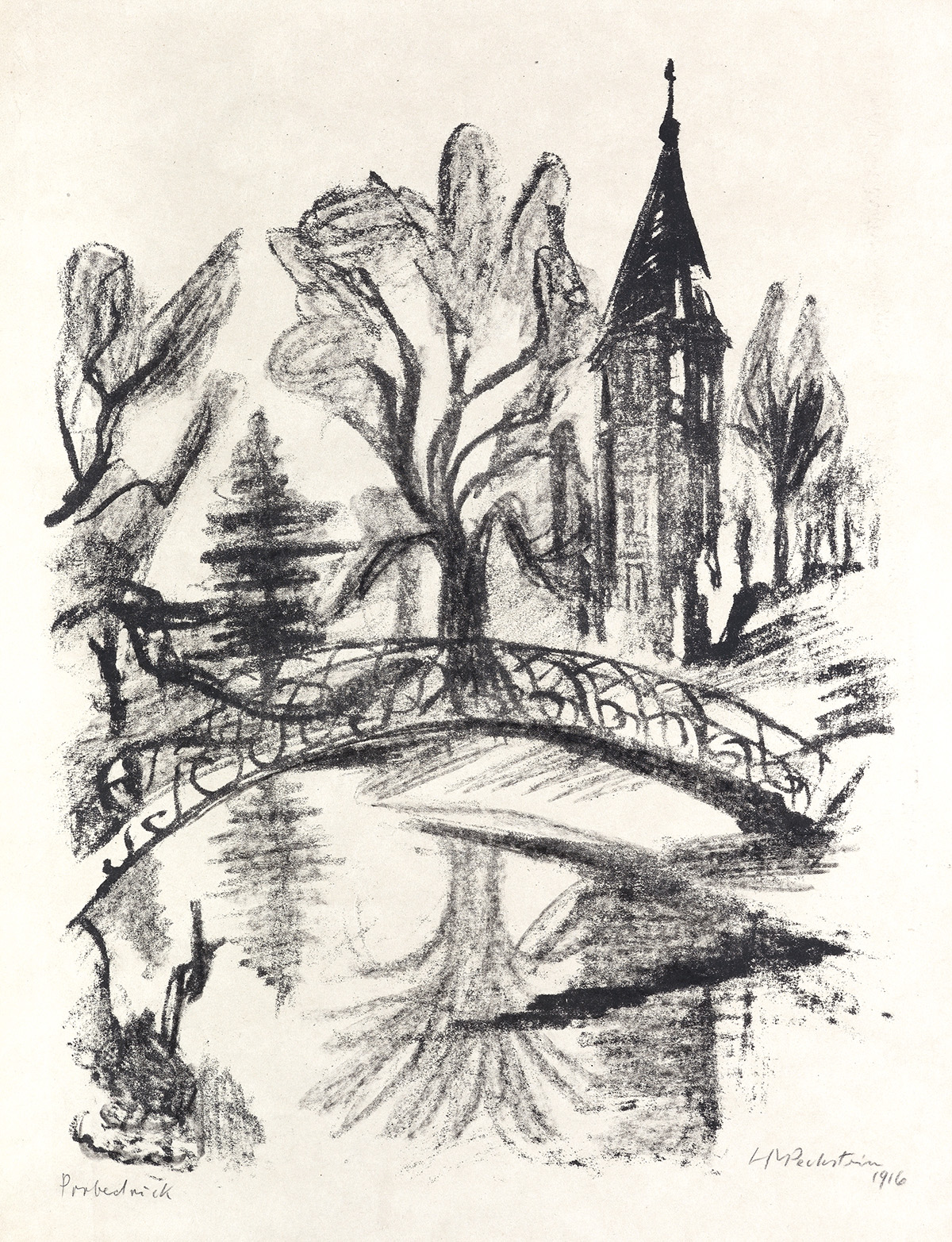

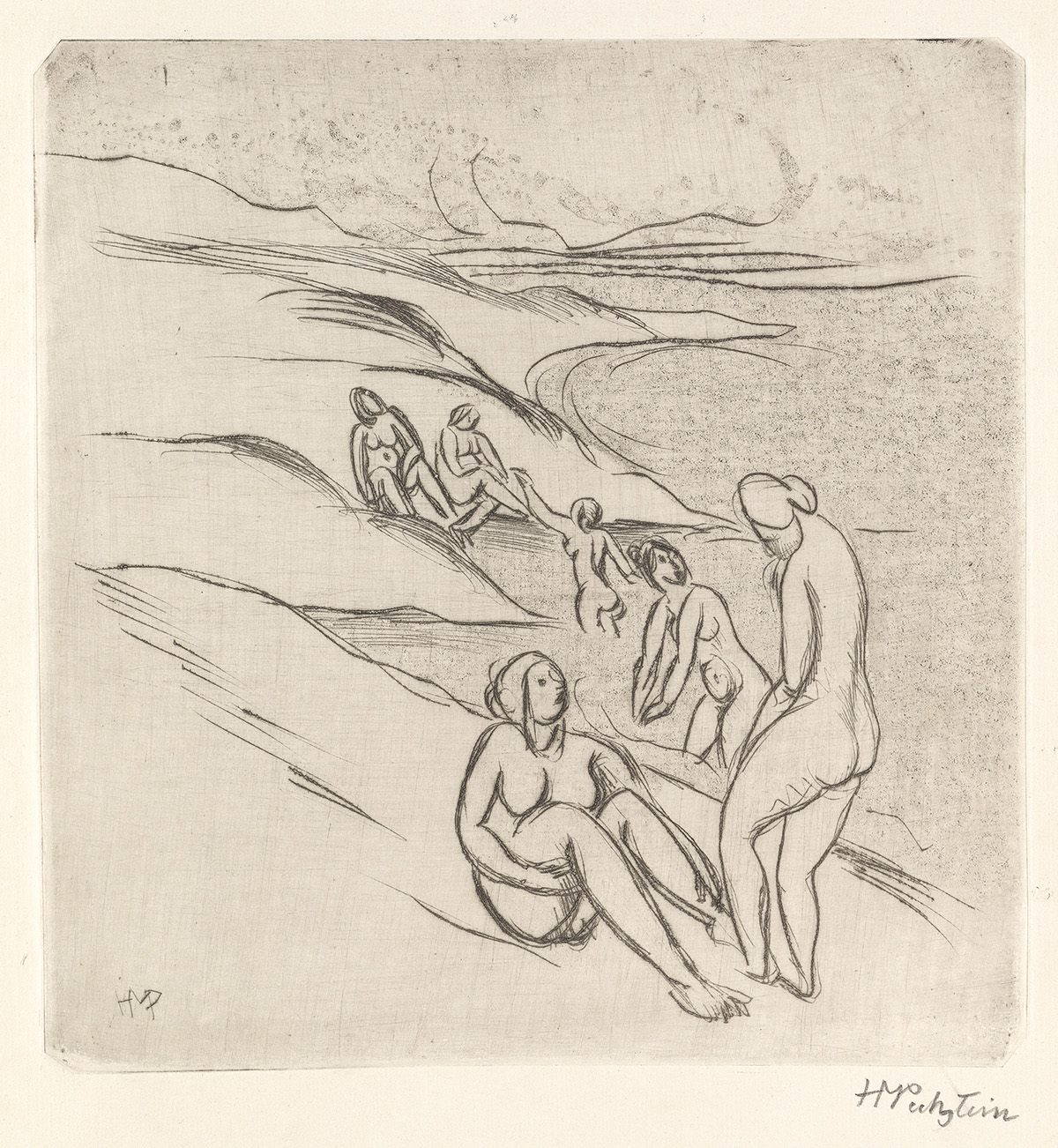
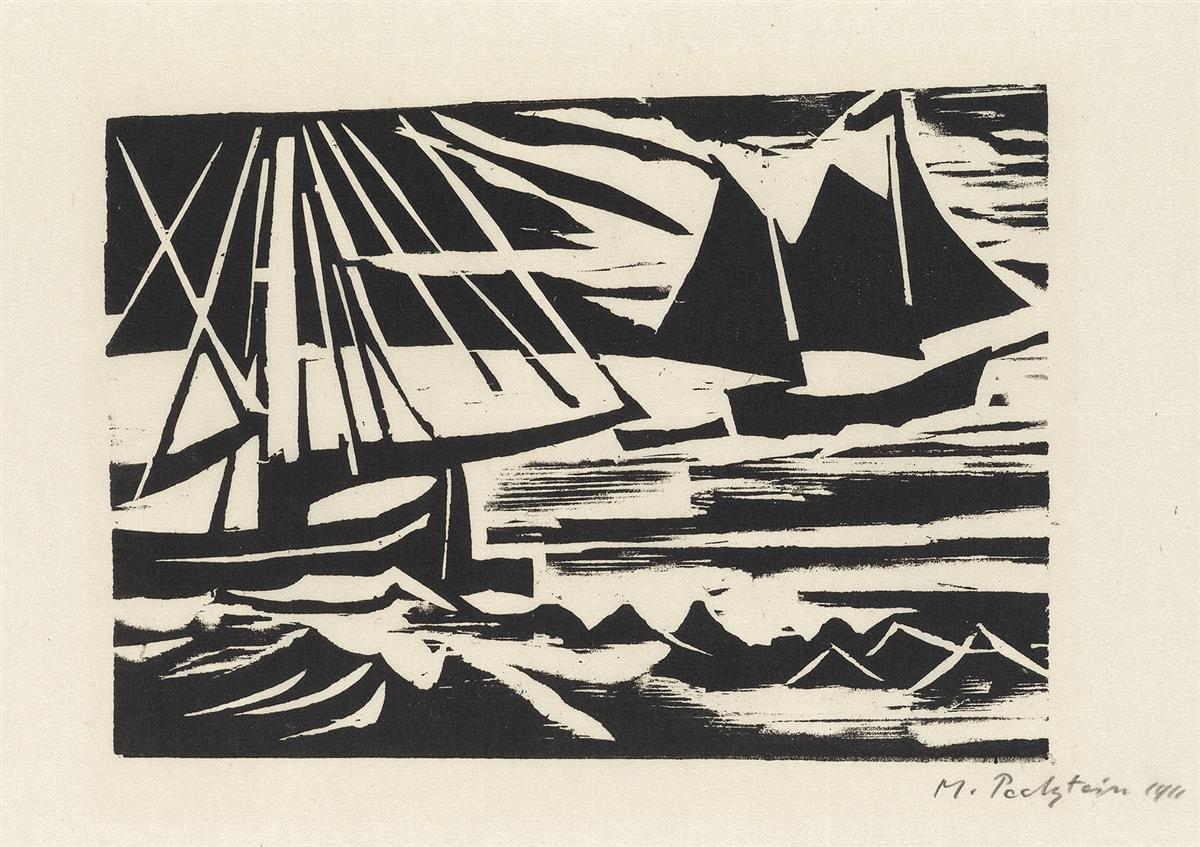
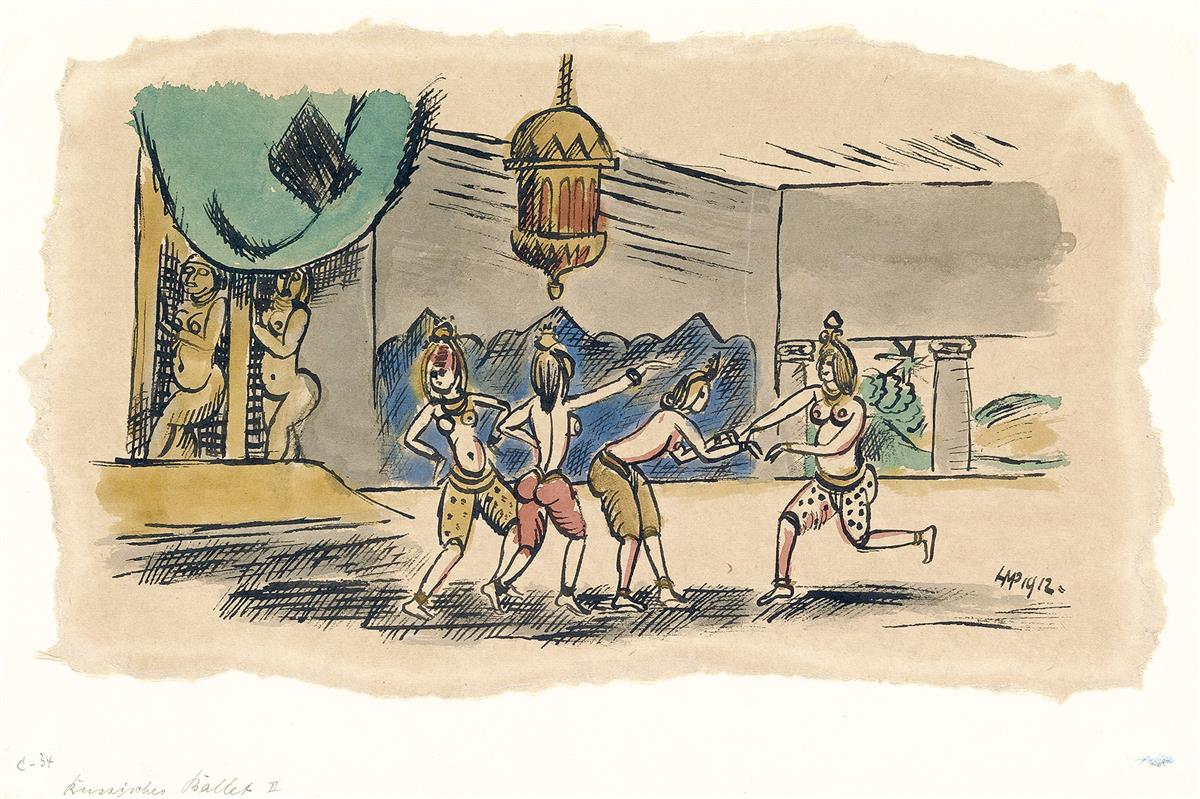
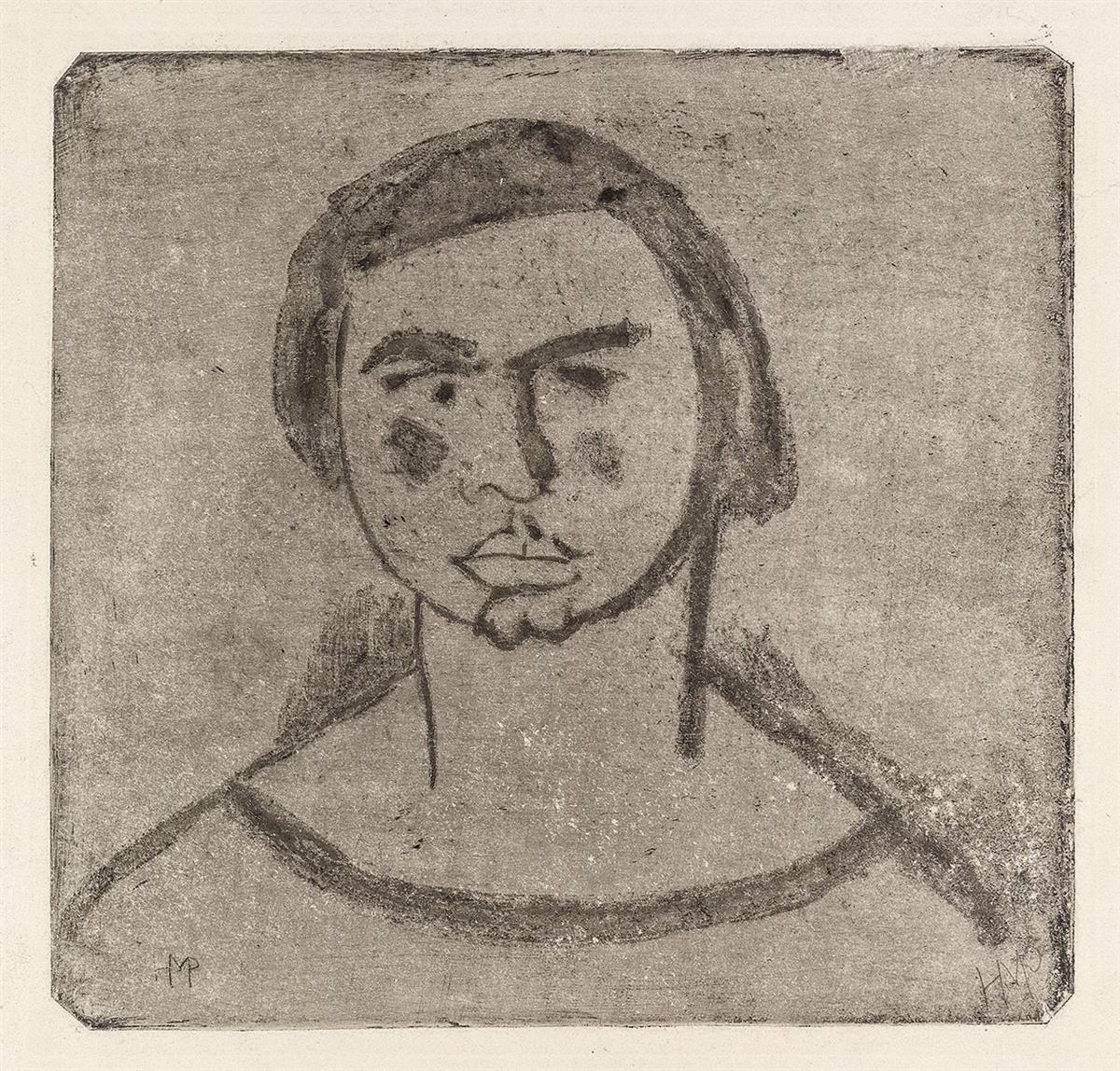
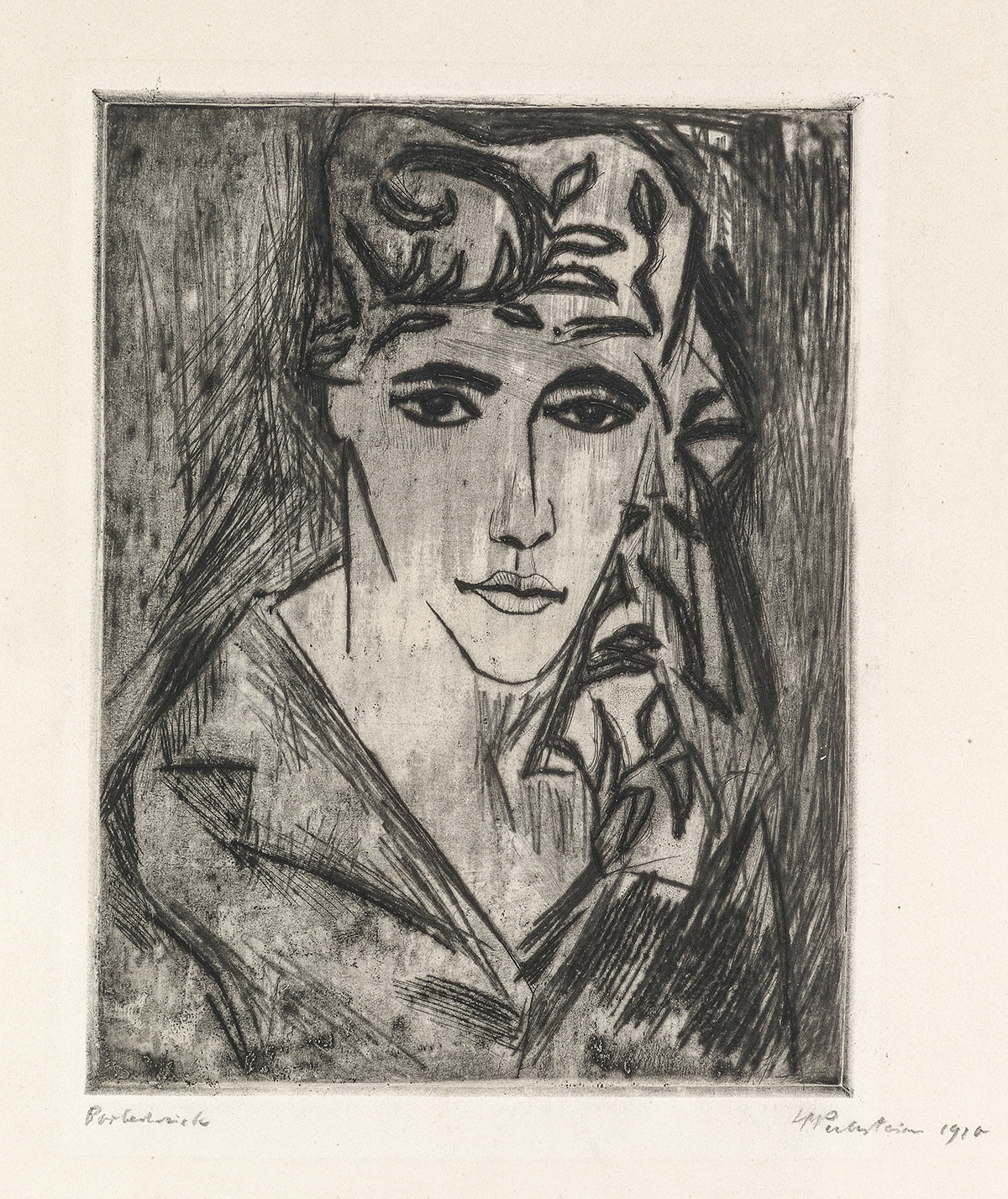

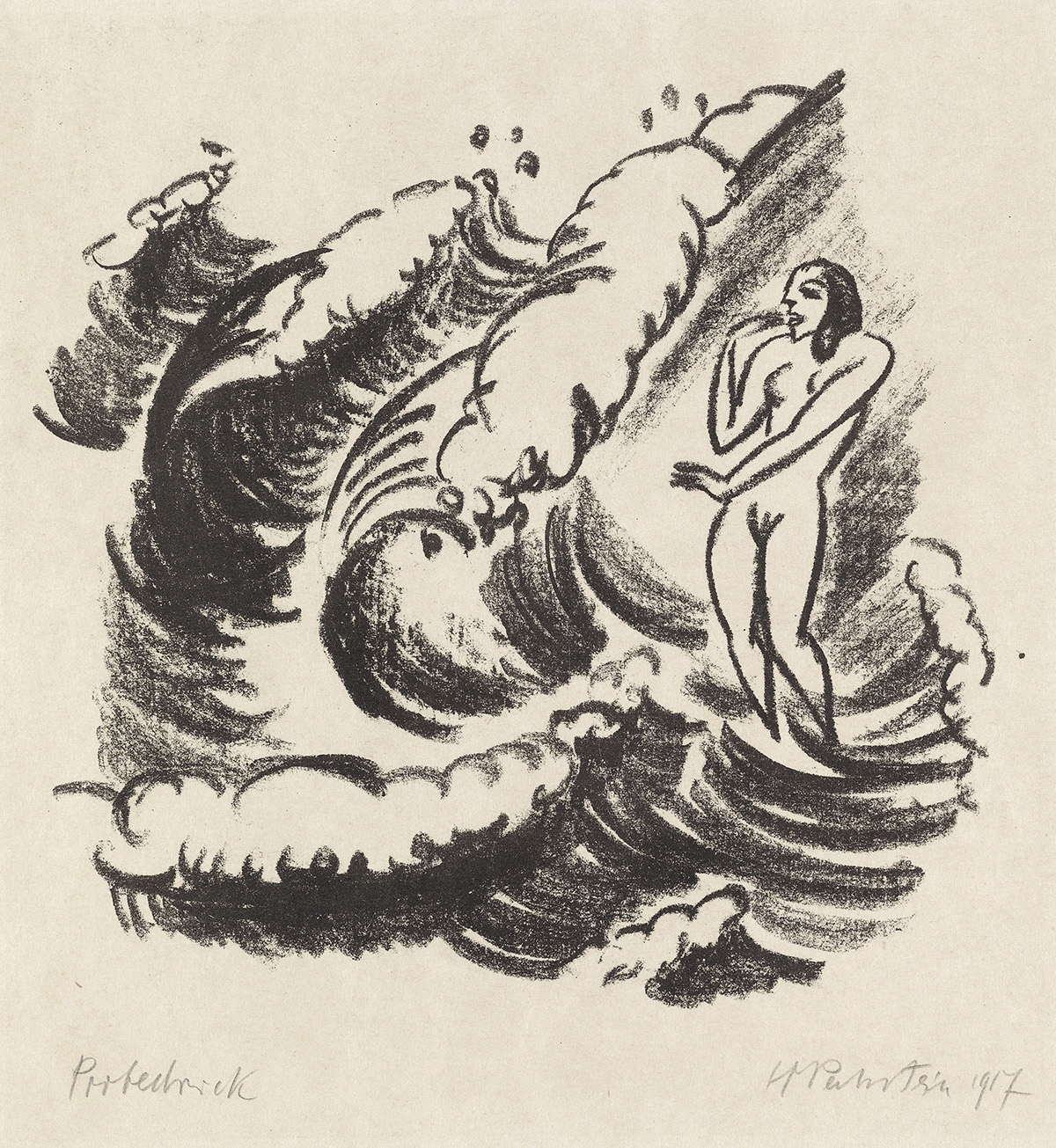
Try LotSearch and its premium features for 7 days - without any costs!
Be notified automatically about new items in upcoming auctions.
Create an alert